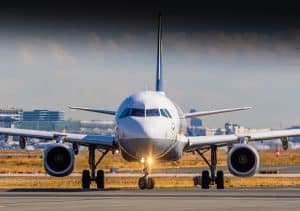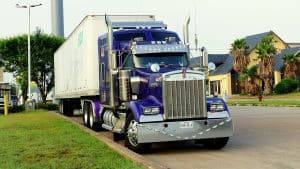From Horse-Drawn Carriages to Hyperloop: Transportation’s Wild Journey
From the days of horse-drawn carriages to the potential introduction of hyperloop technology, transportation has undergone a wild journey of innovation and evolution. Over time, the need for faster, more efficient, and more accessible modes of transportation has driven constant advancements in this field. From humble beginnings to unimaginable possibilities, let’s take a closer look at the incredible transformation that transportation has undergone over the years.
The Rise of the Horse-Drawn Carriage
Transportation has always been a crucial aspect of human society, allowing us to conquer long distances and connect with people and places beyond our immediate reach. The earliest form of transportation dates back to thousands of years ago when humans first domesticated animals like horses and donkeys. In fact, the horse-drawn cart can be traced back to around 3500 BC and was commonly used for transporting goods and people.
However, it was not until the 19th century that the horse-drawn carriage became a popular mode of transportation for the wealthy. These carriages were seen as a symbol of status and were often lavish and ornate, with intricate designs and multiple horses pulling them. Although it was a significant improvement from walking or riding a horse, the horse-drawn carriage had its limitations, including slow speeds and the need for constant maintenance.
The Advent of the Railway System
In the early 1800s, the world saw a major shift in the transportation landscape with the invention of the railway system. The steam engine, invented by George Stephenson in 1814, revolutionized the way people traveled, making it faster, more efficient, and more affordable. The railway also played a crucial role in the Industrial Revolution, transporting goods and materials to different parts of the country at a significantly faster pace.
By the mid-19th century, railroads had become a vital part of the world’s transportation infrastructure, connecting cities and countries and shaping economies. The railway system also brought about the development of new industries, such as locomotive manufacturing and railway construction, creating more jobs and opportunities.
The Birth of the Automobile
As the 20th century rolled in, a new era of transportation was on the horizon, thanks to the invention of the automobile. In 1885, Karl Benz created the first gasoline-powered vehicle, and in 1908, Henry Ford introduced the Model T, which revolutionized the automobile industry and made cars more affordable for the general public.
The introduction of the automobile also paved the way for the development of roads and highways, increasing the accessibility of remote areas and creating a need for more efficient and organized traffic systems. The automobile industry has continued to evolve and innovate, introducing new technologies such as electric and hybrid cars, making transportation more eco-friendly and sustainable.
Going Beyond Our Limits with Aviation
Although land-based transportation was rapidly progressing, people’s desire to travel beyond borders and across oceans was still a distant dream. That is until the Wright Brothers achieved the first successful powered flight in 1903. The invention of the airplane transformed the way we travel, significantly reducing travel time and making the world more interconnected.
The aviation industry has also continued to grow and evolve, with the introduction of more advanced and sophisticated aircraft and technologies. From commercial airliners to private jets, aviation has made long-distance travel more comfortable, convenient, and accessible to people from all walks of life.
The Future of Transportation: Hyperloop
As we move further into the 21st century, the transportation industry is on the brink of another revolutionary change with the concept of hyperloop technology. Proposed by Elon Musk in 2013, hyperloop is envisioned as a high-speed transportation system that uses levitating pods enclosed within a vacuum tube.
If successfully implemented, hyperloop technology could drastically reduce travel time between cities and countries, making long-distance journeys as short as 30 minutes. This advancement in transportation could have a significant impact on businesses, tourism, and our daily lives by revolutionizing the way we commute and travel.
In Conclusion
From the days of horse-drawn carriages to the potential introduction of hyperloop technology, it’s clear that transportation has come a long way. Each new invention and innovation has spurred further developments, constantly pushing the boundaries of what is possible in the world of transportation. As we look towards the future, it’s exciting to imagine what other incredible advancements we might see in this field and how they will continue to shape our world.










